Rarely Does Low, Slow, and Heavy Work Out
As Ken Lee tells it, “When I felt the hits on the aircraft I told my wingman to break south as there was no point in both of us getting shot down. I was still a bit jumpy in that area- I didn’t want another .51 caliber round in my side, so I started a right turn to put some distance between me and the AAA batteries in the valley. I looked out the right side of the airplane to clear my turn and then just as I began the turn the MiG flew past me. I had only 170 knots of airspeed as we were heavy.”

Mistaken Identity for a Critical Second
Ken continues, “At first I thought the MiG might have been an Aussie F-86 (RAAF CA-27 Sabres were based out of Ubon in those days) but then I saw the red star on his tail. When he passed me he just about lined himself up. He just happened to be right on my targeting pipper, so I have to say there was no great skill involved in leading him or anything. I just started shooting.”

Not Landing to Retrieve a Souvenir
While his right-seater deposited the contents of his stomach in his helmet bag, Lee fired most of his 38 rockets at the MiG in several four-shot salvos, believing he hit it with four of them. He also claimed to have hit the Fresco with approximately 100 rounds from the of .50 caliber gun pods, observing tracer fire light up the MiG’s fuselage. After the attack the two aircraft lost sight of each other in a cloud bank but by then the MiG was well ablaze and although Lee did not see the stricken MiG impact the ground he was confident that it had gone in, having last seen the Fresco entering a valley he knew was boxed in by the weather.
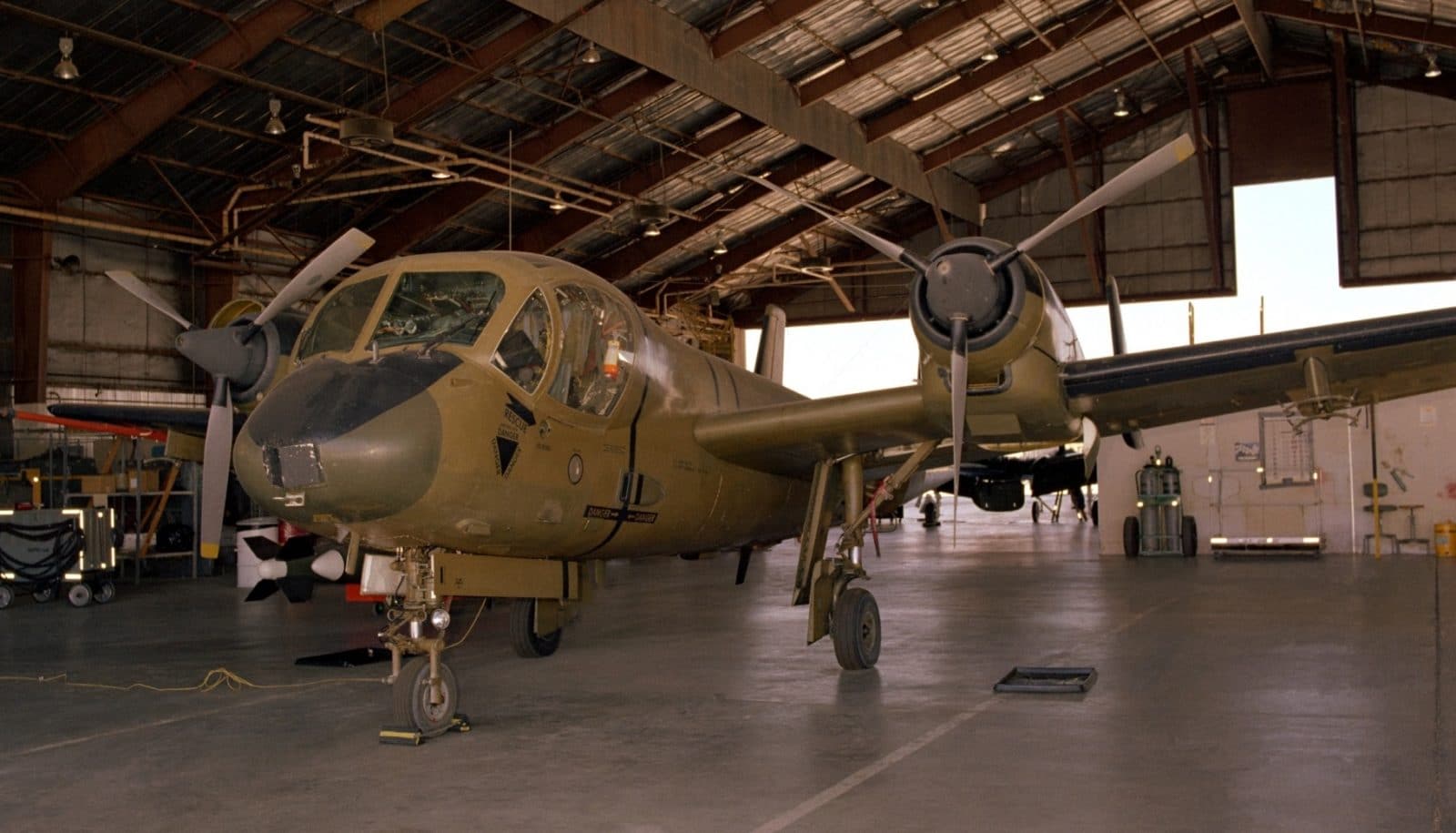
When a Victory Doesn’t Count
When the two Mohawks returned to Phu Bai Air Base, an expectant Captain Lee found quite a few 23 millimeter holes in his aircraft from the MiG. He had a few rockets and a few .50 cal rounds left. Because the Army wanted to avoid any issues the Air Force might have had with a Mohawk or any other Army aircraft shooting down a MiG, Lee and his wingman were ordered to keep his victory quiet. In truth he didn’t really know for certain he had shot the MiG down. Either way Ken never received either credit for the MiG or any kind of recognition- from the Army anyway.
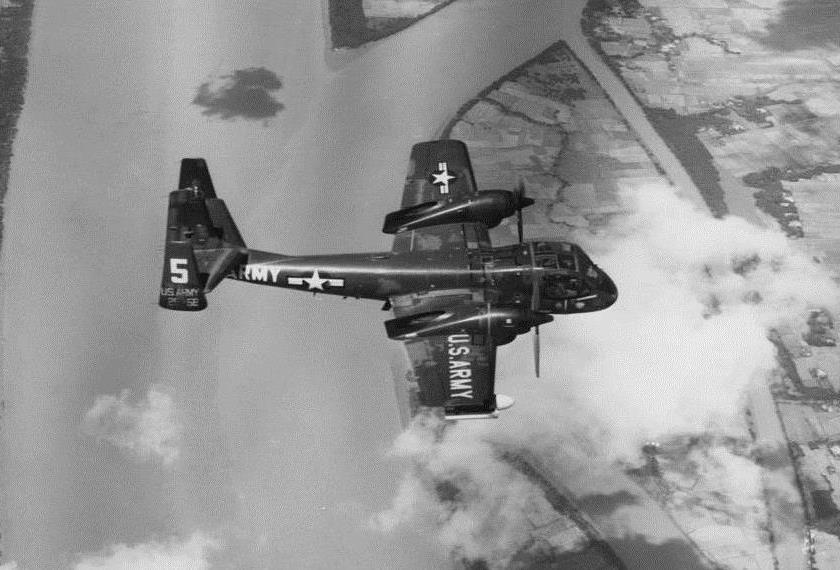
Close Encounters of the MiG Kind
Ken says the MiG attack on his section wasn’t entirely unique. He recalls, “This incident was not the only time I had been attacked from above and not below. I had .51 calibre holes in the aircraft I was flying on two other occasions. They were after the MIG incident and there was no explanation as to how they got there as neither did my wingman see anything nor did I. Colonel Olds did tell me that the North Vietnamese had opened an airfield just north of the DMZ so they could make shock runs into our operating area.”

Rubbing Shoulders With Greatness
Ken Lee had previously flown to Ubon Air Force Base in Thailand several times to meet with Colonel Robin Olds, the famous mustachioed triple-ace wing commander of the 8th Tactical Fighter Wing (TFW) Wolfpack and his equally famous vice commander Colonel Daniel “Chappie” James. Both of these charismatic leaders were keenly interested in any Laotian targets identified by Lee and his fellow Mohawk pilots. As Ken tells it, “I actually knew both of them. Colonel Olds would meet me on the flight line and pick me, and only me, up and take me up to the debrief room. He would have a case of Budweiser iced down and I would give him targets that I had been working on in Laos the week before. So he was not a stranger. He was a very warm and personable man. I respected him and he knew it. I was not afraid to just sit and talk with him.”
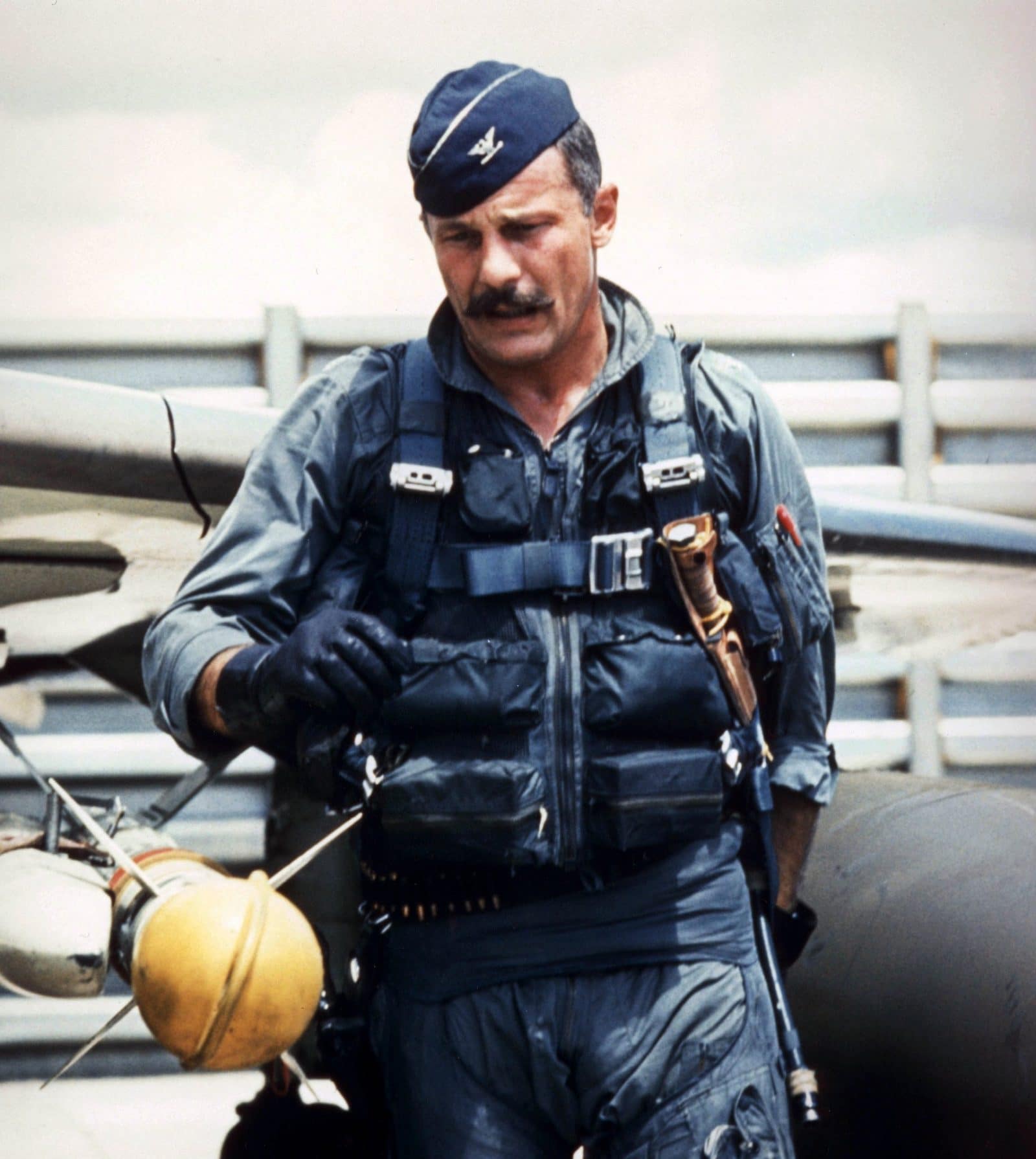
Bending Elbows With Greatness
Ken continues, “When I met him at the club the next time I went to Ubon, he and Colonel James put me in the center of a line for a MiG Sweep. Drinks and food, on the house. The MiG Sweep was a real thrill. I still think of them both. You would never know that he was a genuine hero. He did not show any weakness in his character and did not allow you to show any weakness either. He brought out your strengths in a way that made you feel you had done it yourself. He was a National hero and treated me, an Army captain, as an equal. I never saw them acting like they were as beat down from flying missions as we were. He did not seem to be too taxed at the time. Always relaxed and no pressure.”
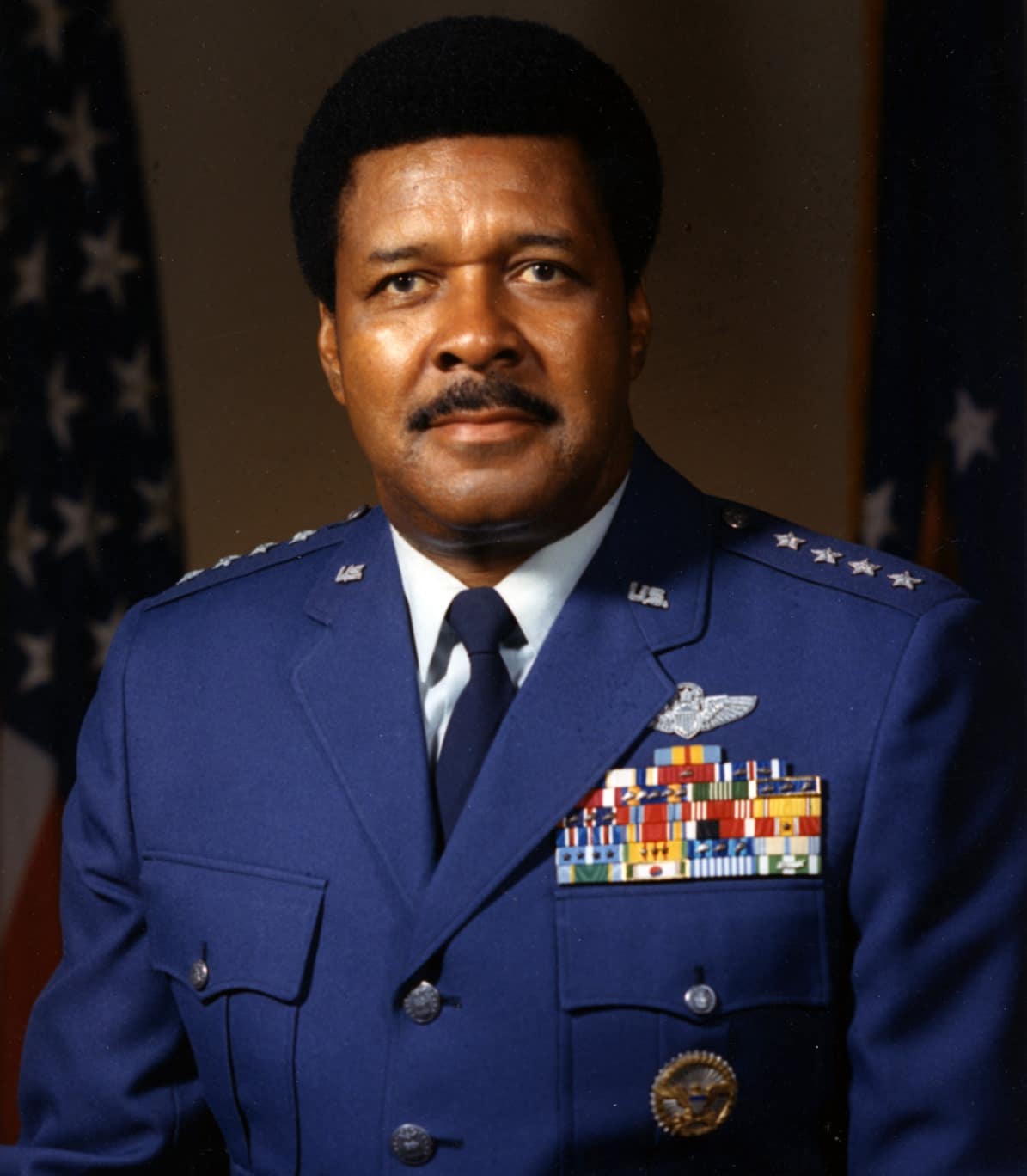
Confirmation of a Sort and Lasting Impressions
Olds and James informed Ken that the MiG kill was confirmed at the MiG Sweep ceremony. But all Ken got from the Army was, “don’t talk about it, even if asked.” Ken Lee returned to the States from his second tour in Vietnam in September of 1968. Today Ken Lee is 78 years old and recovering from heart bypass surgery. He says many accounts of his MiG engagement have been discounted as fantastic. Ken also said, “It has been 51 years since these things happened and the memory of exact dates and tail numbers, serial numbers seem to have passed with time. I do not remember the name of the right seat observer, I just remember him vomiting in his helmet bag when he saw the MIG going by. Ruined his nice new camera and oxygen mask.”
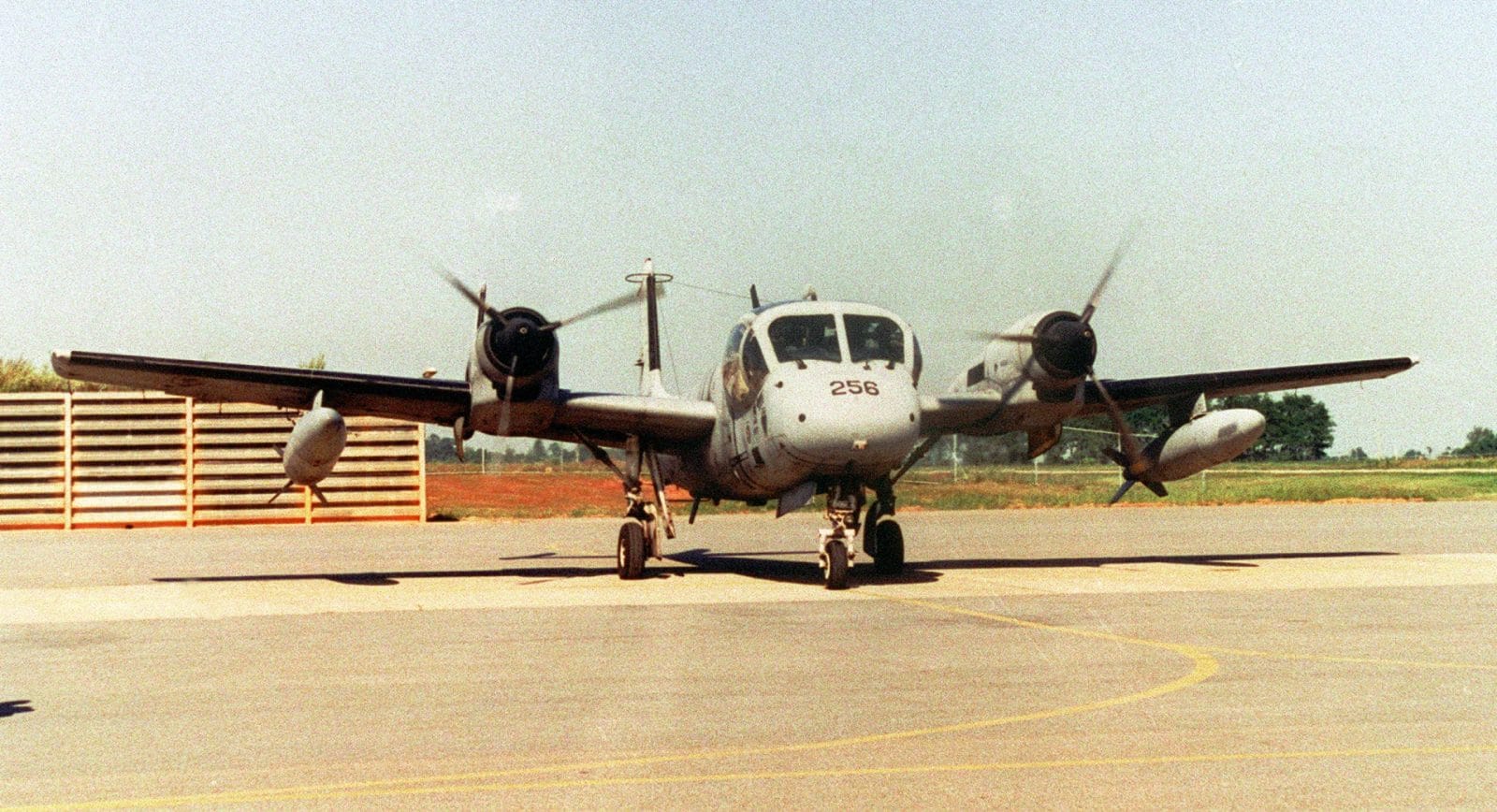
Mohawk Drivers Took Huge Risks and Paid a High Price
Ken and his brave brothers did a tough, dangerous, and in the end futile job that seldom gets the sort of recognition it should. Between June and December 1966, 131st Aviation Company OV-1As flew 1,228 sorties, OV-1Bs flew 2,134 sorties, and OV-1Cs flew 520 sorties totaling 3882 sorties and 5,638 hours of combat time. In 1967 the Nighthawks flew 11,947 combat hours. 13 crew members were lost as KIA or MIA and 10 crew members were wounded. Six OV-1As, 2 OV-1Bs , and 2 OV-1Cs were lost. Here’s a video of the 131st Nighthawks in action uploaded to YouTube by Theron Clark.
[youtube id=”8Dm8Qtw1Drk” width=”800″ height=”454″ position=”left”]

[…] Avgeekery Exclusive: MiG-Killing Army OV-1 Mohawk Pilot Ken Lee […]
[…] reality, the Army kept its fixed wing attack capability quiet, even going as far as to suppress a probable MiG-17 kill by Major Ken Lee — achieved with unguided rockets and […]
Great article and loved the pictures of the OV-1s painted in the original scheme and parked on PSP in VietNam. I flew OV-1Ds in Korea from late 1990 to September 1992. The picture of 256, an RV, was an aircraft assigned to A Company, 3d MI Bn (AE) at Camp Humphreys, Korea. I flew that airplane, albeit not that often. I typically flew SLAR missions on an early Friday or Saturday morning with a take-off time of 0130 or 0200, depending on the mission schedule. The OV-1s were a great aircraft to fly and it was a privilege and honor to do so. I completely agree with Ken’s observations about low, slow and heavy, as the Mohawk was not forgiving under those conditions. During VietNam, there was no A-10 to provide CAS. The Mohawk was an excellent airframe to conduct this mission. COL Olds and GEN James also served in the Army Air Corps before transitioning to the Air Force in late 1947. As gallows humor is a large part of Army culture, the term “widow-maker” was appropriately applied to this aircraft
[…] In November, 1967, over the A Shau valley of South Vietnam, a pair of U.S. Army OV-1A Mohawks were searching with infrared (IR) equipment for Viet Cong in the jungle below. Each OV-1 had a crew of two: pilot and co-pilot. Captain Ken Lee was the senior officer and most experienced Mohawk pilot. This was his second tour of duty in Vietnam. On a mission a few months prior, Lee had been hit in the side by a .51 caliber bullet fired from anti-aircraft guns. The bullet penetrated his flak vest, survival kit, and damaged his side arm. He’d spent weeks recovering from the injury before returning to duty. Being a target for enemy ground forces comes with the territory when you fly a plane meant to fly low and slow. The OV-1 Mohawk was designed to be an advanced observation, surveillance, and light ground attack aircraft. The GIs on the ground loved it because it could come to their aid quickly, firing at enemy troops in close combat situations. The OV-1 could carry weapon pods on underwing racks, including unguided 2.5 inch air-to-ground missiles and .50 caliber machine guns. The Mohawks were cruising at a slow 170 knots, conducting their IR scan of the jungle, when Lee suddenly felt and heard the airframe hammered with bullets. “You got a MiG behind you!”, shouted his wingman over the radio in the other OV-1. The Mohawks were never meant for air-to-air combat. Although they were capable of acrobatic flight, the were no dog fighters. The pair of observation planes were outmatched by the lone MiG and in serious trouble. Lee ordered his wingman to break south, hoping that by splitting up at least one of them would survive this encounter with a killer.The Mig-17 overshot Lee’s aircraft. The Soviet-designed fighter was capable of speeds up to 618 knots (711 mph) but had slowed down to about 275 knots in order to fire on the slow moving targets. That was the MiG driver’s first mistake. Overconfidence was his second.The MiG turned to circle around and attack again, but in doing so he turned right in front of Lee’s fully armed Mohawk: mistake number two. In that instant Lee realized he had just one opportunity to survive. He fired most of his 38 air-to-ground missiles in two salvos, and raked the MiG with 100 rounds from the machine gun pods. Lee could see four of his missiles hit, and .50 cal. tracer rounds raking the fuselage of the MiG. The jet was on fire, and Lee watched it head down into a small valley that was socked in by clouds. Although he couldn’t see the MiG any longer, it seemed likely that it crashed. He just couldn’t be sure.One of Lee’s duties was to brief Air Force officers on the ground targets found by his Army unit, the 131st Aviation Company. USAF Colonel Robin Olds mentioned to Lee that he’d heard through the grapevine that a Mohawk had shot down a MiG, and wondered if it was true. Lee told him it was, and how it happened. The next time they met, Olds invited Lee to the Officers Club at the Air Force base. Olds was commander of the 8th Tactical Fighter Wing, and fighter pilots were waiting for Lee at the club. Once there, Olds told Lee that he had secretly confirmed the downing of the MiG, and put Lee in a “MiG Sweep”, a kind of initiation ceremony fighter jocks do to celebrate a fellow pilot’s achievement of downing an enemy jet. Food and drinks were on the house and the Air Force treated U.S. Army Captain Ken Lee as one if their own.(Note: most articles indicate this incident occurred in February of 1968, but that date is incorrect). […]